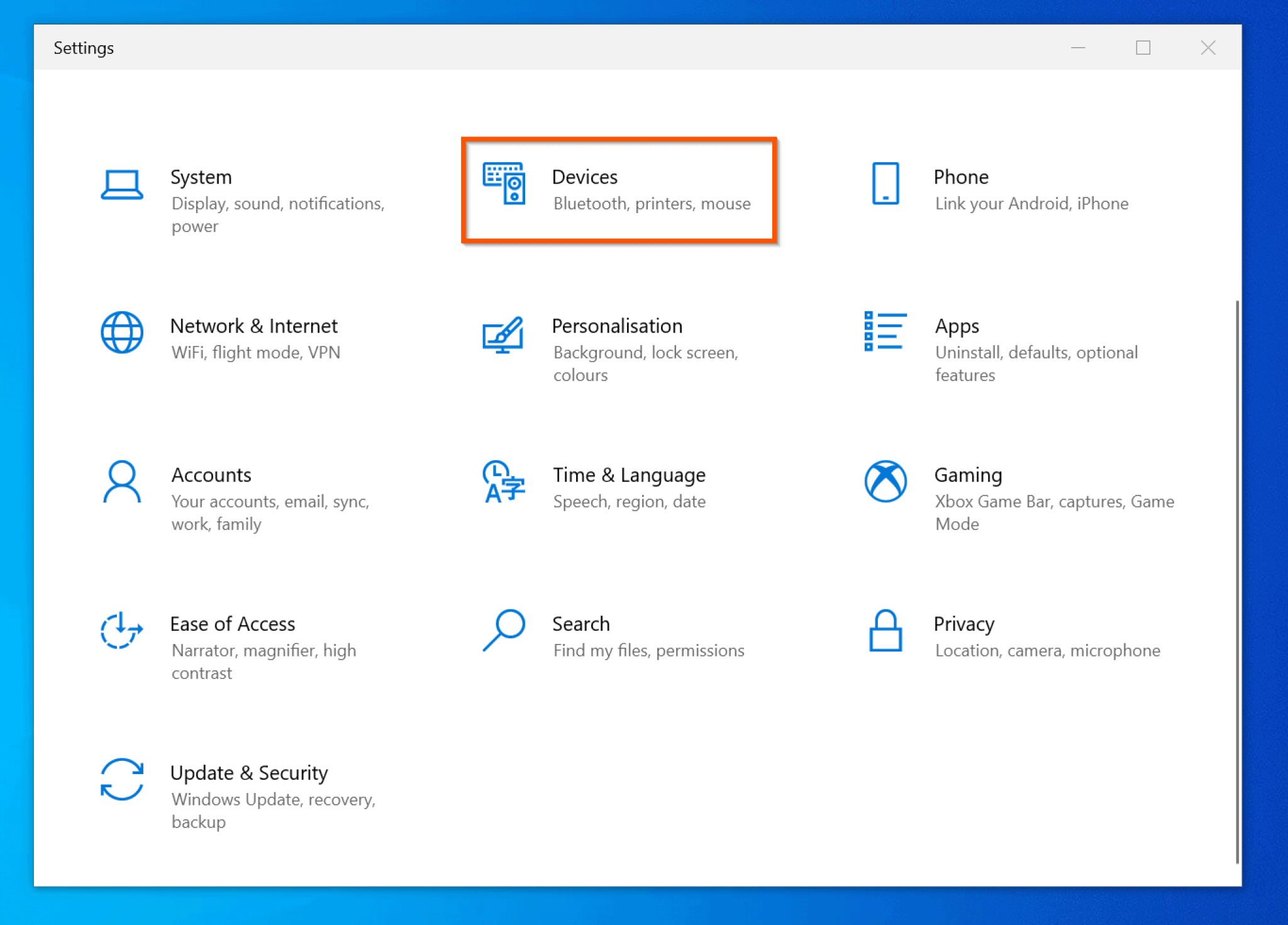

Even if they are in multiple subdirectories. The net result is that I can call a bash function to scan all the XML files and verify them.

This allows me to pickup the correct XSD using an element tag within the xml file. Xmlstarlet sel -t -m /XXX/* -v local-name() $1 | sed 's/ $//' Xsd DOTNET.dll /type:CFGCLASS & rename schema0.xsd CFGCLASS.xsd Local SchemaFile=$1$(getconfignamefromxml $FILENAME).xsdĪltovaxml /validate $FILENAME /schema $SchemaFile > ~/temp.txt 2> /dev/null # Must be in the directory where the configuration files are locatedįor FILENAME in $(find. Must be using dos pathing like: VerifySchemas "c:\\XMLSchemas\\" # The directory where the schema *.xsd files are located. # verifyschemas - Will validate all xml files in a configuration directory against the schemas in the passed in directory This allows me to scan all the xml files picking up which xsd to use by parsing the xml. Drag/drop support for easy manipulation of the tree, even across different instances of XML Notepad and from the file system. Tree View synchronized with Node Text View for quick editing of node names and values.
#Xml notepad windows 10 free
The final free tool that would be of use to you is altovaxml, which is available at this URL. XML Notepad Microsoft XML Notepad provides a simple intuitive User Interface for browsing and editing XML documents. I also parse out sections of the xml using xmlstarlet. I tend to use xsd from Microsoft to help generate the xsd from a. Usage in your case would be along the lines of: xmlstarlet val -xsd your_schema.xsd your_file.xml XML documents (for more information see ) XMLStarlet is a command line toolkit to query/edit/check/transform NOTE: XML Schemas are not fully supported yet due to its incomplete
#Xml notepad windows 10 code
q or -quiet - do not list files (return result code only) g or -list-good - list only files which validate b or -list-bad - list only files which do not validate e or -err - print verbose error messages on stderr r or -relaxng - validate against Relax-NG schema E or -embed - validate using embedded DTD w or -well-formed - validate well-formedness only (default) XMLStarlet Toolkit: Validate XML document(s) Xmlstarlet is a command-line tool which will do this and more: UPDATE: I've expanded on this in a blog post. You may want to test your schema with several tools. This is largely due to the complexity of the XSD spec. However, it seems most people on Windows use an XML Editor, such as Notepad++ (as described in Nate's answer) or XML Notepad 2007 as suggested by SteveC (there are also several commercial editors which I won't mention here).įinally, you'll find different programs will, unfortunately, give different results. One problem is that libxml doesn't implement all of the specification, so you may run into issues :(Īlternatively, if you are on Windows, you can use msxml, but you will need some sort of wrapper to call it, such as the GUI one described in this DDJ article. Example usage: xmllint -noout -schema XSD_FILE XML_FILE You could also use xmllint, which is part of libxml. Also, a commenter below points to this more complete wrapper utility. The StdInParse utility can be used to call it from the command line. There is also a C++ version of Xerces available if you'd rather use that. I've created a small Java project on github to validate from the command line using the default JRE parser, which is normally Xerces. After some research, I think the best answer is Xerces, as it implements all of XSD, is cross-platform and widely used.


 0 kommentar(er)
0 kommentar(er)
